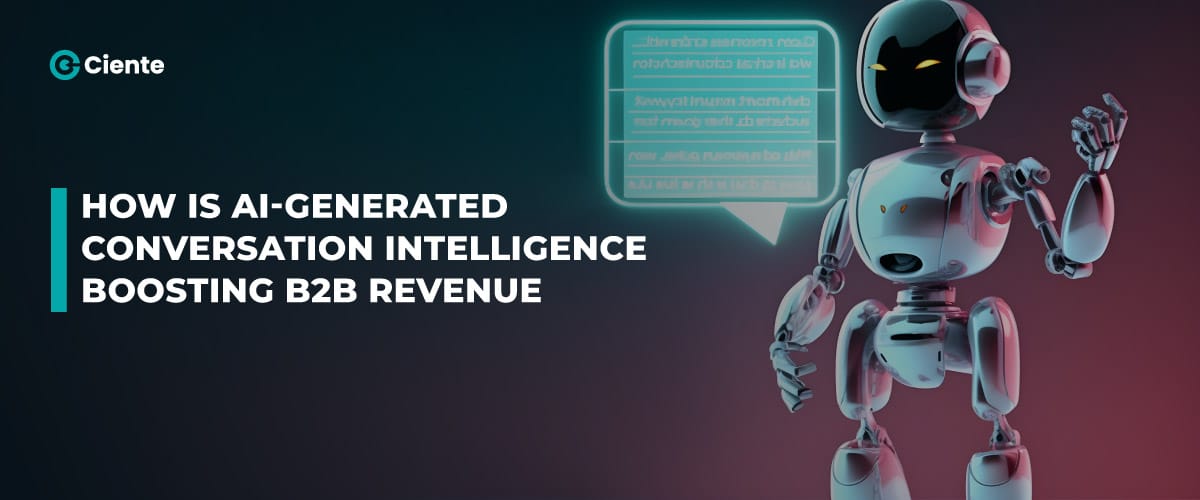
The Evolution of Sales Teams with the Integration of AI
Salespeople rarely spend more than two hours of their daily

Salespeople rarely spend more than two hours of their daily

Fuel your B2B success with the magic of AI-Generated Conversation

Cloud-native apps enable fast adaptation and scalability, unlike traditional software

Dive into the pivotal impact of data science on B2B